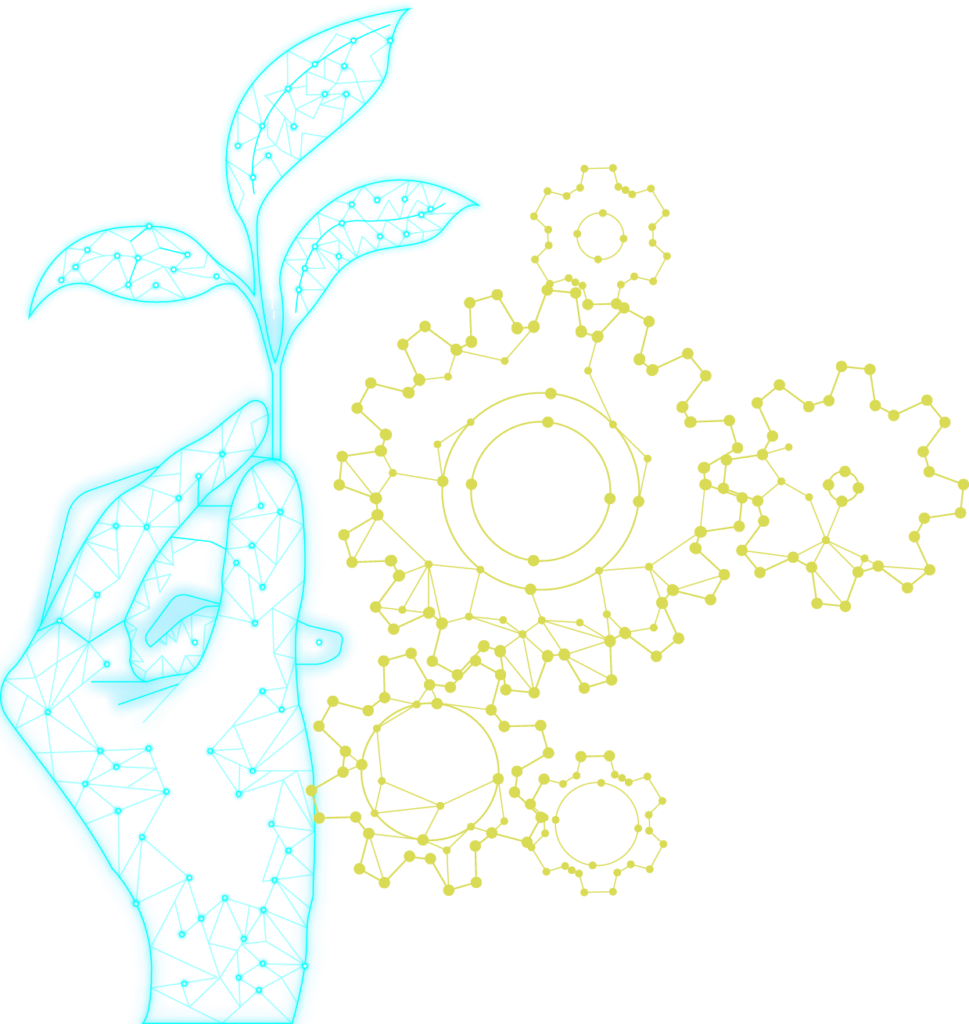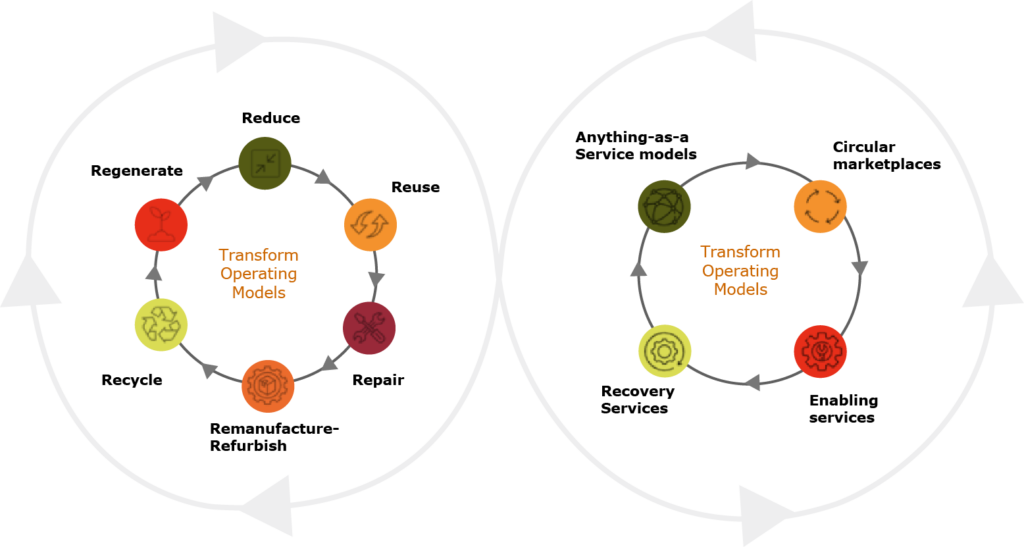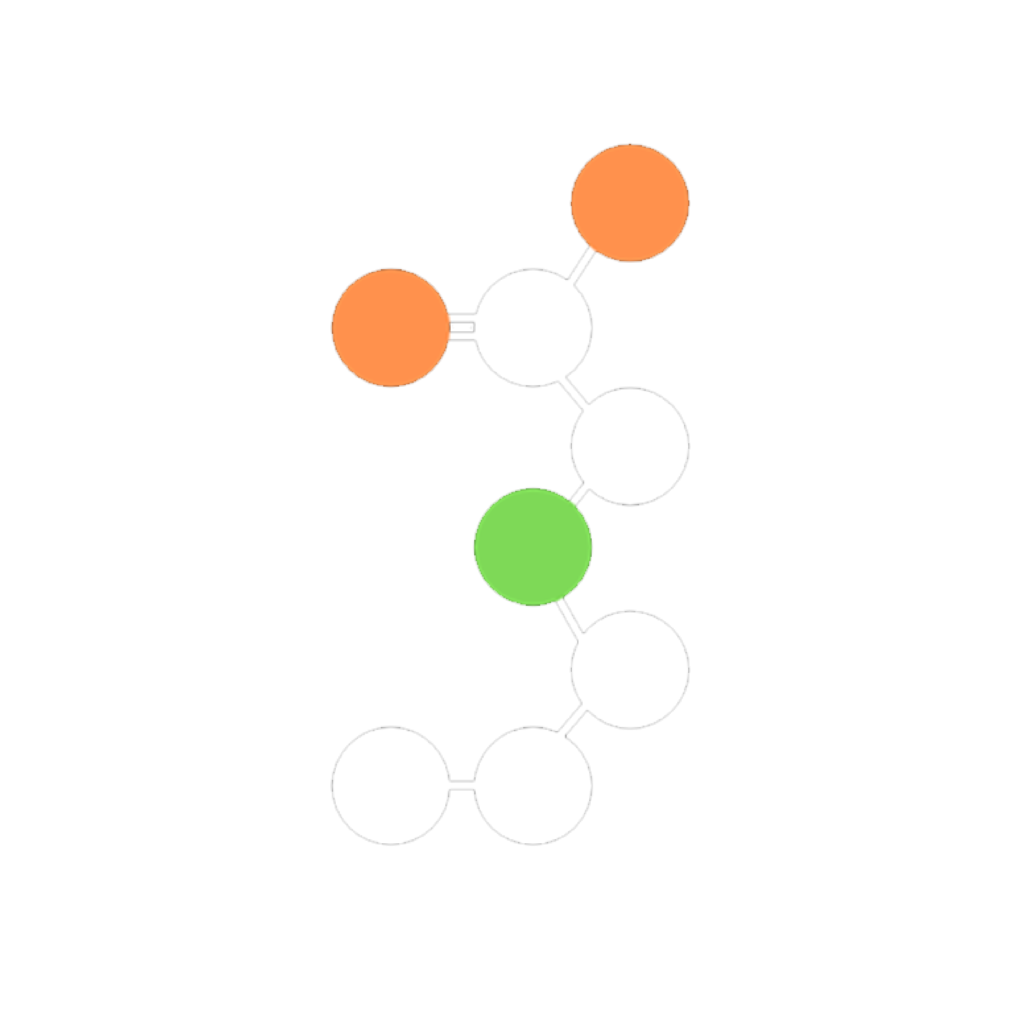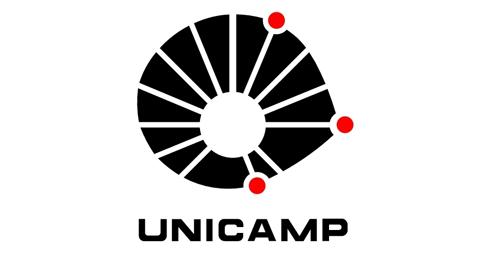The first challenge is agreeing on a common definition of circularity and understanding its full potential. Many companies consider themselves to be circular if they introduce recycled materials into a well-honed, fully optimized supply chain. Executives see that shift as costly, and often it is.
Adding circular elements to today’s linear economic model typically does not improve a company’s performance or generate sufficient momentum for change. For that to happen, leadership teams must redesign their operating and business models at large, as well as the customer engagement journeys, product design processes, and supply- chain structures, to best, support a new way of doing business. Tweaking an existing operating and business model to be more circular delivers incremental change. New operating and business models that are circular by design, however, can deliver the transformational change required.
The second challenge is learning to design products for longer life or reuse and embracing a business model based on “buy, reuse, and redeploy”. Many companies have adapted their products to a circular value chain, but initiatives that focus on materials alone are insufficient. The pace of this material shift is slower than the pace at which global economic consumption is growing. That’s why innovations in operating and business models go hand-in-hand and are key to accelerating a step change that decouples value growth from material usage.
The third challenge is scaling new circular operating and business models: research conducted for this paper shows that 58% of new models are stuck in the planning or pilot stages due to the lack of a clear strategy, limitations in getting the right ecosystem support, and insufficient technological capabilities Instead, companies need to take a “future-back” approach. That means envisioning their place in the circular economy, identifying evolving profit pools integrating circularity into product design, and coming together to usher in a new way of creating and delivering value to customers.
The linear economy imperils global prosperity. Resource consumption levels are not sustainable and will lead to shortages and potential conflicts.
- Humanity faces a triple threat: soaring population growth, diminishing resources, and environmental damage. Today, humans consume 1.75 times the natural resources that the earth is capable of regenerating. Circular operations and business models address each element of this triple threat, while also offering a path to a prosperous future. Circular practices, such as recovering resources and regenerating materials, build more productive, resilient, resource-efficient, closed-loop supply chains while bolstering sustainability and driving economic growth:
- Resilient supply chains: Circularity increases control of supplies and improves supply chains’ responsiveness to global disruptions – from pandemics to geopolitical conflicts – and helps address shortages.
- Resource efficiency: Circularity enables new operating and business models so that all materials can be easily reused, repaired, remanufactured, recovered, and recycled.
- Environmental sustainability: By limiting wasteful consumption and production practices, circularity reduces the climate footprint of economic activity and enables the delivery of net-zero emission goals.
- Economic growth: Circular operating and business models encourage market products that are looped through the value chain multiple times, which can generate new sources of revenues and profits as well as better meet consumer needs.































































































